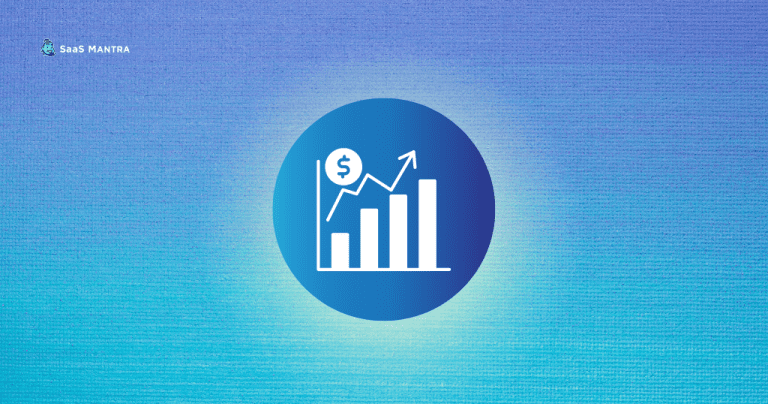Sales Funnel vs Sales Pipeline: 5 Characteristic Differences
Table of Contents
- What is a Sales Funnel?
- What is a Sales Pipeline?
- Sales Funnel vs Sales Pipeline
1. What is a Sales Funnel?
The sales funnel is a visual representation of where customers come from (or what stage they’ve moved through) and how they move along a buying path.
It helps marketers understand who they’re trying to reach, what motivates them to buy, and how to best direct marketing messages at each step in the process.
It starts with awareness (getting noticed), interest (attracting attention), consideration (building trust), and finally action (converting interest into buying).
Also know more on 6 Stages of Sales Funnel That Boost Your Sales Performance
2. What is a Sales Pipeline?
A sales pipeline is a system for keeping track of potential customers who might want to purchase your goods or services.
This is also known as the marketing funnel. If you want to increase the number of leads that turn into customers, you should focus on optimizing each step in the funnel.
There are three phases to a sales pipeline: lead generation, qualification, negotiation, and closing.
Sales pipeline refers to the steps taken from initial contact until closing the deal.
3. Sales Funnel vs Sales Pipeline—Differences
The sales funnel is a model that describes how new customers enter a company’s sales cycle. In contrast, the sales pipeline is a way to manage sales activities over time.
Let us see some of the 5 characteristics between Sales Funnel vs Sales Pipeline:
A. Definition:
Sales Funnel: A sales funnel is a model that organizes prospects into groups or stages, where each stage represents a degree of interest and commitment.
Sales Pipeline: A sales pipeline is a tool that helps you track and manage leads and opportunities throughout the sales cycle.
B. Purpose:
Sales Funnel: A sales funnel is a visual representation of the steps involved in selling a product or service.
Sales Pipeline: The sales pipeline is a tool used to visualize and manage the entire sales process.
C. Report:
Sales Funnel: Sales funnel reports provide detailed information on the effectiveness of sales activities at each stage, including the ROI (returns on investment).
Sales Pipeline: Pipeline reports show the progress of leads through the sales funnel, helping marketers and salespeople identify where they need to focus their time and energy to improve sales and pipeline performance.
D. Analysis:
Sales Funnel: Funnel analysis helps pinpoint where potential customers are dropping off the sales funnel.
Sales Pipeline: Sales pipeline metrics help pinpoint where leads are getting stuck during the sales process.
E. Metrics (type of metrics they create):
Sales Funnel: Sales funnel metrics can also include the customer’s engagement and their conversion rate. A customer’s engagement could be measured in a number of different ways ranging from social media engagement to what they are doing on your website.
Sales Pipeline: Conversion rate is one of the most important metrics to measure when looking at your sales pipeline. A sales pipeline shows the value of a specific market or territory. You can see exactly how big or small a market is and adjust the way you sell accordingly.
Final Word
Sales and marketing managers should regularly review both their sales funnels and pipelines. Hence, if you improve your pipeline and funnel engagement process, you’ll put your team in a strong position for success.



